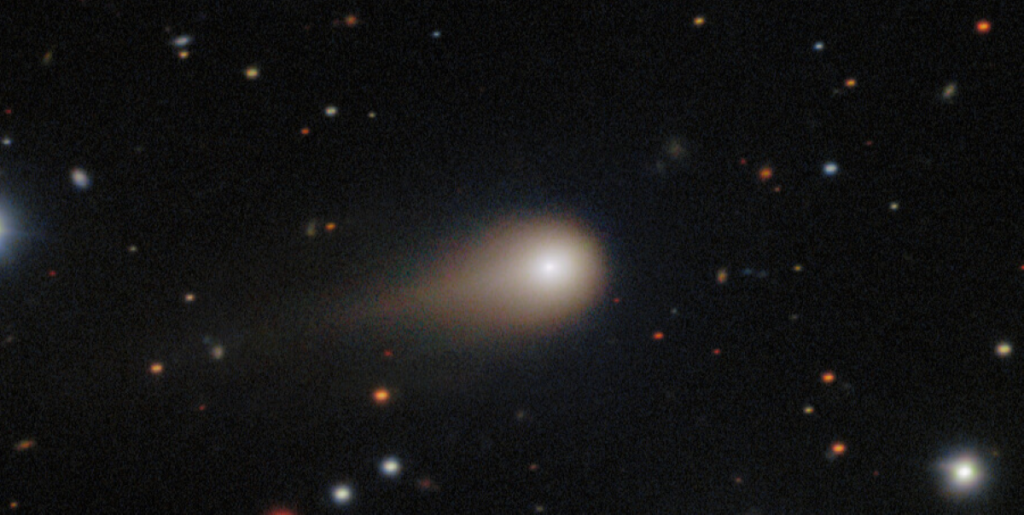China’s decision to end observations of the interstellar comet 3I/ATLAS shortly after its flyby of Mars has drawn attention from scientists worldwide.
Others are reading now
The pause has fuelled debate about whether it resulted from technical limits, shifting priorities or deliberate policy.
Early observations
In August, before the comet approached Mars, China’s Purple Mountain Observatory and the national Deep Space Network confirmed its interstellar origin.
Their radar and optical readings matched data from Japan’s Subaru Telescope and India’s ARIES observatory.
As 3I/ATLAS neared Mars in early September, the Xinjiang 35-metre radio dish recorded a signal drop just before the comet moved behind the Sun.
Soon after, China’s National Astronomical Data Centre stopped posting updates, creating a sudden information gap.
Official explanation
Also read
Officials at the China National Space Administration told local reporters that the tracking halt was due to “instrument scheduling conflicts.”
They said observatories were reallocated to prepare for the Chang’e-7 lunar mission and to calibrate the Queqiao-2 relay satellite.
Telescope logs published in China confirm this shift in focus to lunar and orbital projects.
Missing data
The absence of new results has prompted criticism from international researchers.
Harvard physicist Avi Loeb told The Joe Rogan Experience that each missed observation weakens scientists’ ability to understand 3I/ATLAS.
Also read
He warned that the comet might never be observed again once it passes behind the Sun.
Loeb praised China’s early work but called for greater openness in sharing space data across borders.
Speculation and secrecy
Chinese researchers posting anonymously on domestic forums suggested that deep-space signals may be reclassified when they overlap with military frequencies.
Some pointed to the Xi’an Satellite Control Center, which manages both civilian and defence networks, as a possible reason for restricted data release.
The same practice was reportedly observed in 2022 when information about a small asteroid’s atmospheric entry was withheld.
Global coverage
Also read
After China’s withdrawal, observatories in Europe and India continued monitoring 3I/ATLAS.
Data from the Gaia satellite, the European Southern Observatory and India’s Institute of Astrophysics were shared through the Minor Planet Center to maintain trajectory models.
Sources: CNSA, Reuters, Space.com, BBC, Harvard University
This article is made and published by Kathrine Frich, who may have used AI in the preparation


